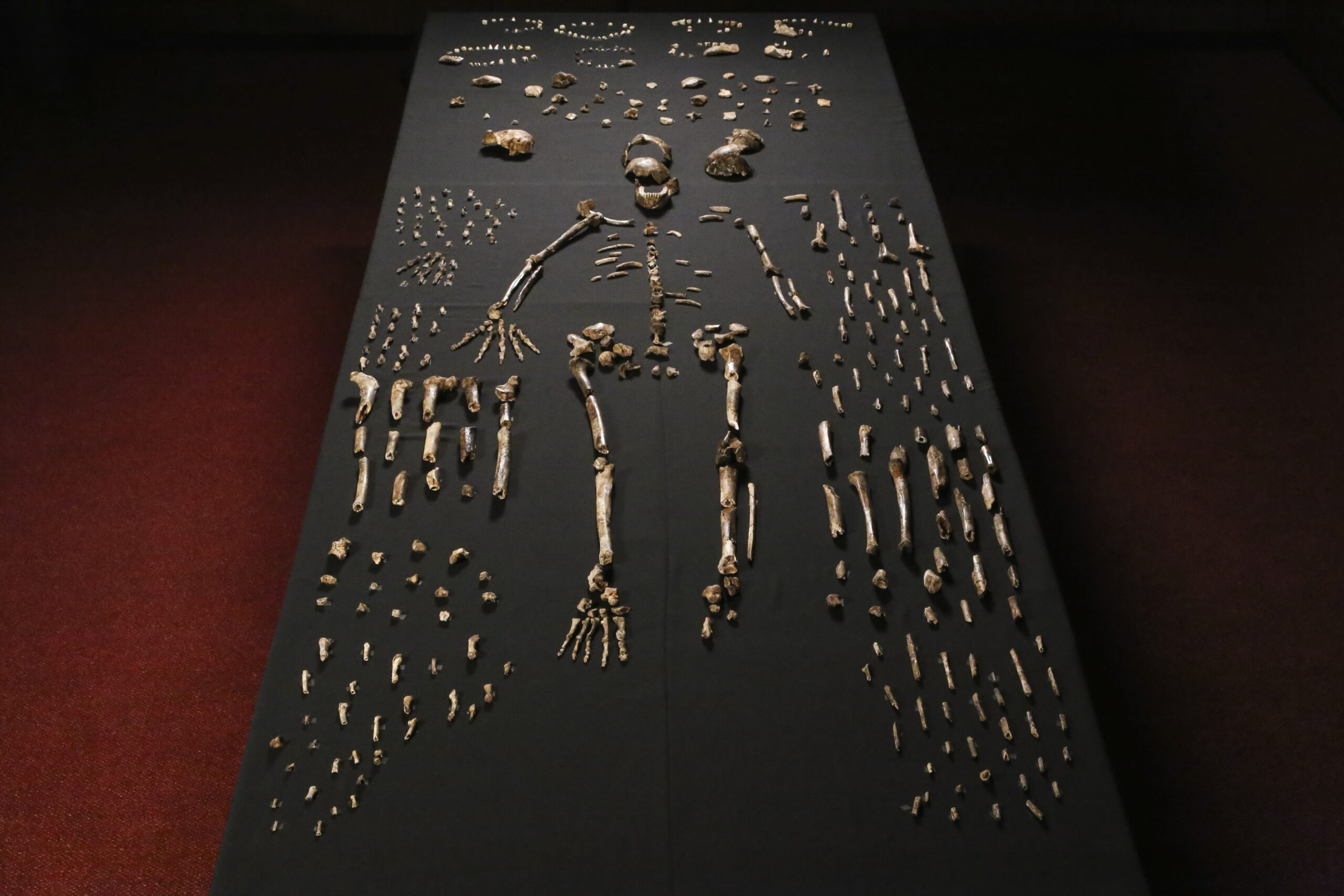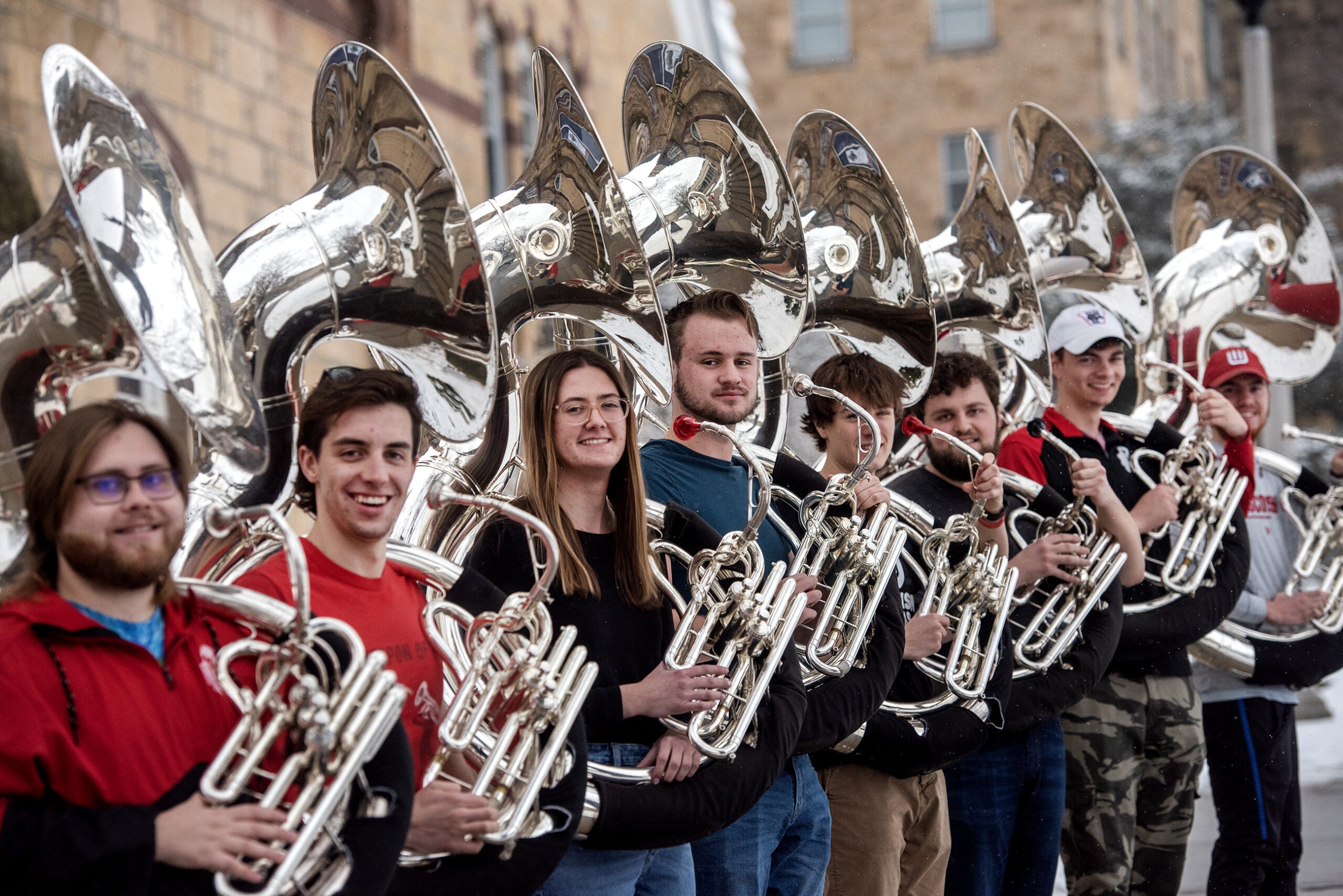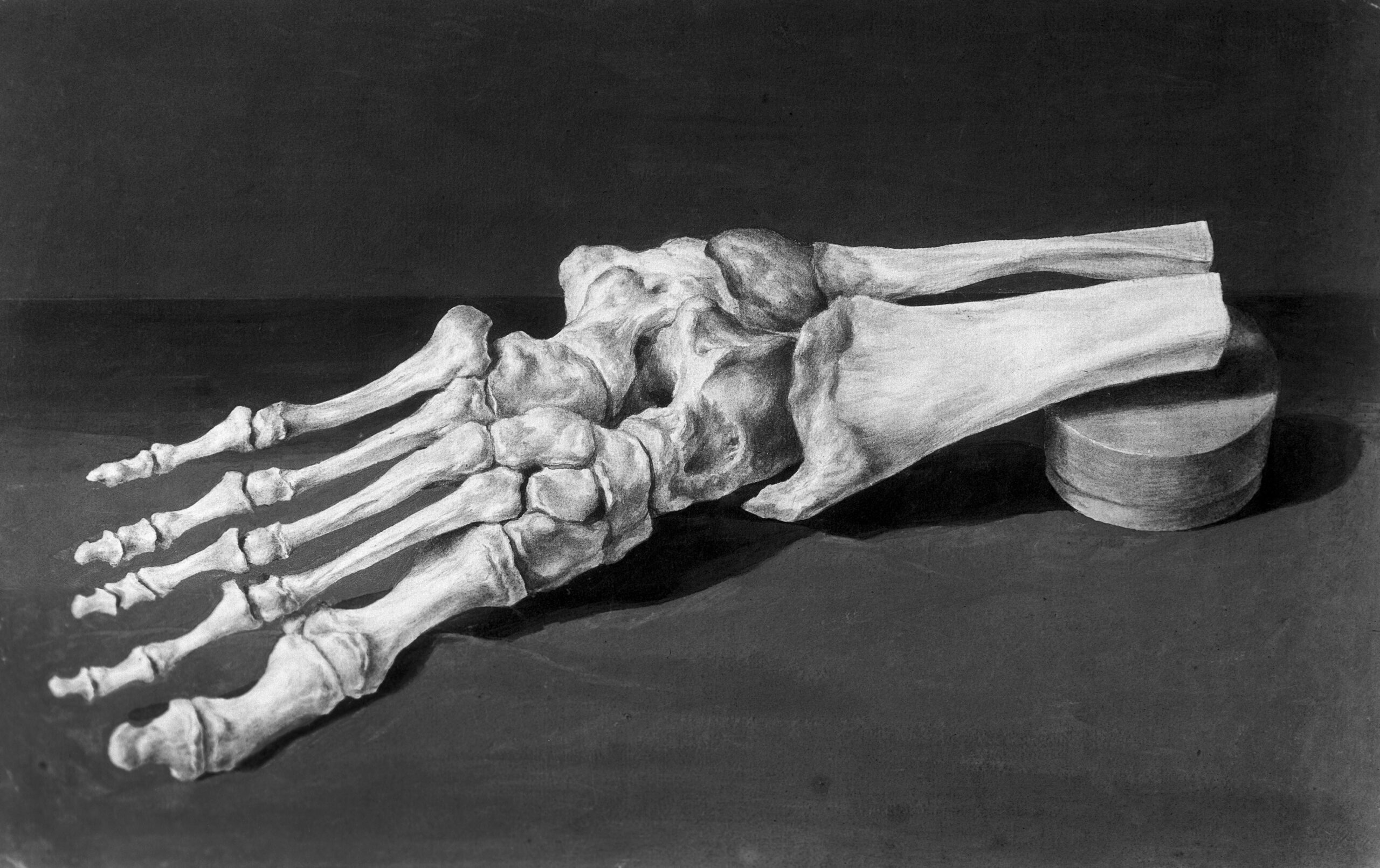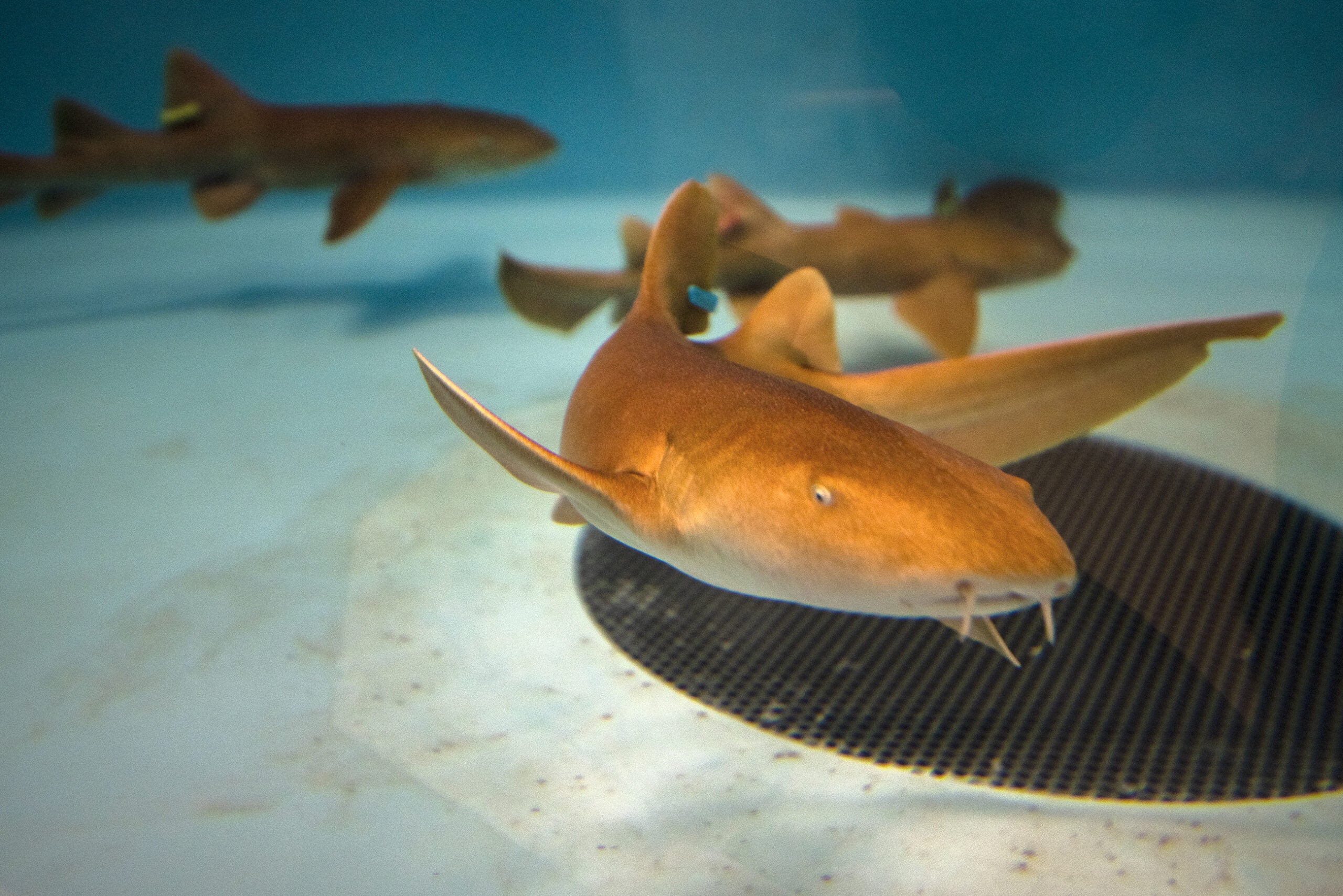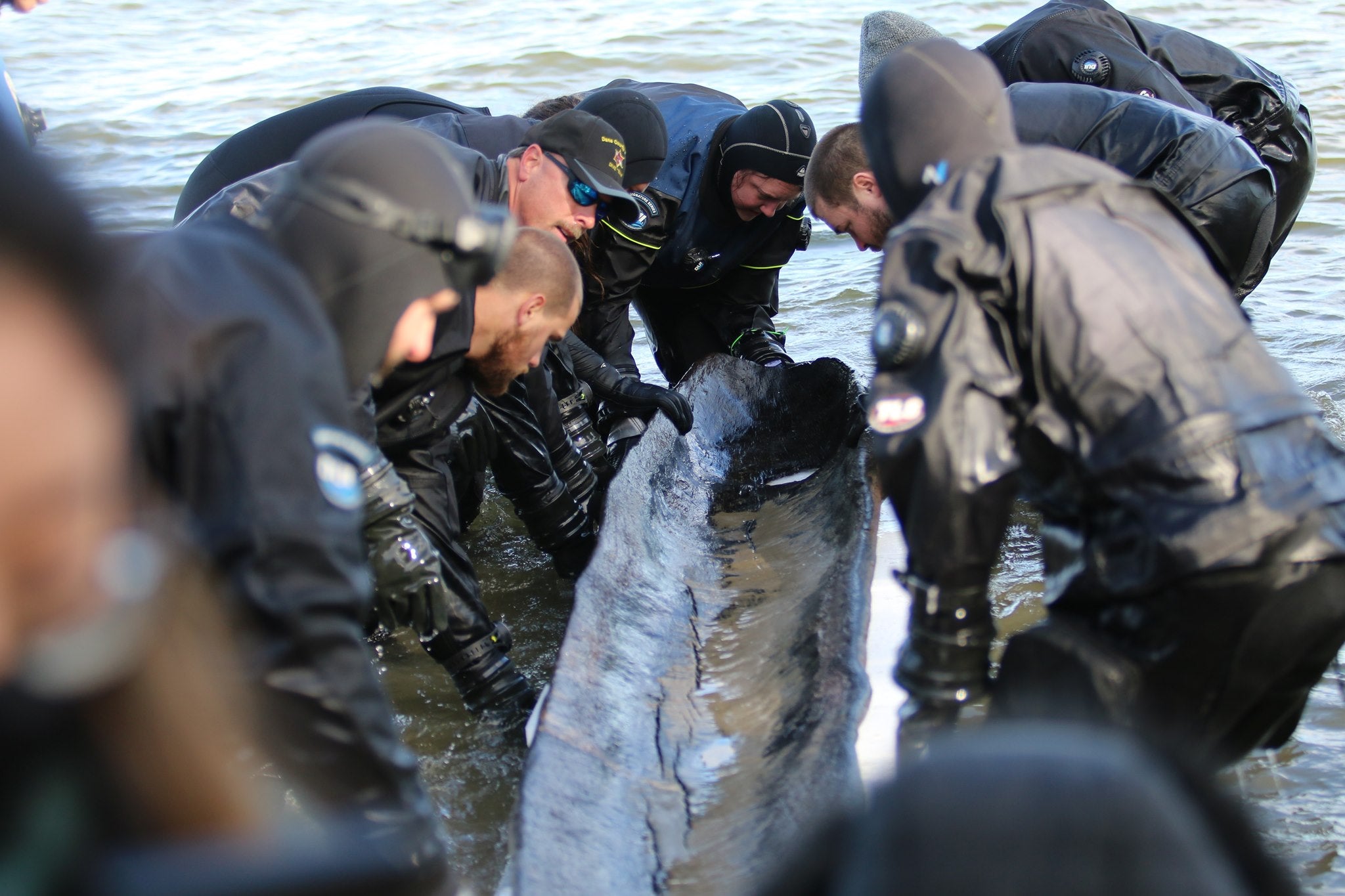For University of Wisconsin-Madison graduate student Alia Gurtov, a very pivotal morning in her life started like any other: Wake up, check Facebook.
But on that particular day in the fall of 2013, she came across an item in her Facebook page that went beyond a friend request or an invitation to an event. She saw an open call for archaeological excavators who could drop everything at a moment’s notice and head to South Africa. And one other important piece of criteria: They had to be small-bodied women.
Gurtov took 20 minutes to polish up her resume and sent it in. A few months later, she would find herself crawling into an underground chamber to find the largest collection of hominim (an ancestor to modern humans) fossils ever found in Africa. What the research team thought might be a single skeleton turned out to be over 1,500 pieces of bone from at least 15 individuals.
Stay informed on the latest news
Sign up for WPR’s email newsletter.
According to John Hawks, a UW professor of anthropology, these individuals represent an entirely new branch on the human family tree. In a paper published on Thursday, the research team — led by Lee Berger of the University of Witwatersrand — is calling the new species “Homo naledi” after the cave system that Gurtov crawled through and where the remains were found.
“We’re looking at something that is truly unparalleled in the African fossil record,” said Hawks. “When you think of a famous fossil discovery like Lucy, we’re talking about an impressively complete skeleton. In the Dinaledi Chamber (where these fossils were found), we have 15 individuals.”
Finding and excavating those individuals took an incredible amount of work and patience for Gurtov, who is a graduate student still working with Hawks. The journey, as she described it, sounds like something out of a child’s game of treasure hunting. She had to pass through a section of the cave system called the “Superman crawl,” which required her to crawl, prone, with her arms stretched out in front of her. Then, she climbed “Dragon’s Back,” a narrow, technical climb up a fallen stone ridge inside the system.
It was the final section though where her size really mattered. The final drop into the location of the remains included a section that is only 7 inches wide. According to Gertov, she had to turn her head sideways to pass.
Ultimately, the experience was transformative.

UW-Madison graduate student Alia Gurtov.
“The first time I went into the cave, my heart was pounding,” she said. “The stones were cool. As you move through the space, it gets more and more silent and the air gets still, but it smells good. It smells ancient.”
“It’s hard not to resort to almost religious terminology when trying to describe that chamber,” she continues. “It did have a cathedral-like feeling, even though on a much smaller scale. The first time I went in, I could see hundreds of bones just lying on the surface.”
As difficult as it was to access the bones, unlocking their secrets was an equally difficult challenge and one that remains ongoing. As Hawks started to get a sense of the remains, he said he thought, “Wow! I have just jumped into the middle of something that is a discovery that will consume all of us for decades, trying to figure it out.”
The researchers face two primary questions: The first is to figure out simply how old the bones are and where they fit into our evolutionary past. The cave has unique properties that have made traditional methods of dating the bones impossible to employ.
Another important question is why the bones were there in the first place. Because they didn’t find any non-human animals in the chamber, that ruled out the possibility that it was a dangerous place where these hominids might have become stuck or trapped. The sheer number of suggests the bodies were placed there on purpose. Hawks is careful not to use the word “religion” to describe what might have gone on at the site, but he will say that it was a kind of ritual.
“We know it was repeated — that it had importance of some kind — but we don’t know that it was symbolic or had a component that was beyond the ordinary that required a belief or communication system. The things that religion in humans is built on. We just don’t know,” he said.

UW-Madison Professor John Hawks.
However, researchers believe this dramatically changes the story of human evolution. The traditional story, according to Hawks, is that the transition from the early hominids that we call Australopiths to human’s genus, Homo, was an event that was accompanied by a change in the way that our distant ancestors deal with culture. These ancestors started making artifacts and developed technology. They got smaller teeth and ate higher-quality things. They shared food and began to relate to groups of people in tighter way with more cooperation. And that meant that the brain got bigger.
However, Homo naledi disrupts this narrative. Parts of it “are more human” that some of our previously known ancestors, like Homo erectus and Homo habilis. But other aspects of Homo naledi he calls “strikingly primitive,” including it’s small brain.
The implications of this are significant. According to Hawks, “It tells us that things we thought went together as a package actually happened separately, and maybe in separate branches of our evolutionary tree.”
The insights gained from the Homo naledi discovery will likely continue for years to come. Even though the bones were discovered almost two years ago, Hawks said, “We’re still learning what the bones have to tell us.”
Editor’s Note: For more on this discovery, read Hawks’ complete interview with “To The Best Of Our Knowledge” executive producer Steve Paulson.
With additional reporting by Anne Strainchamps, Steve Paulson and Rehman Tungekar.
